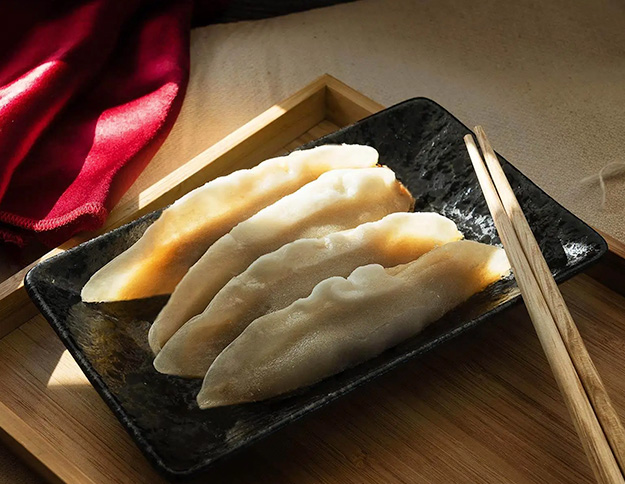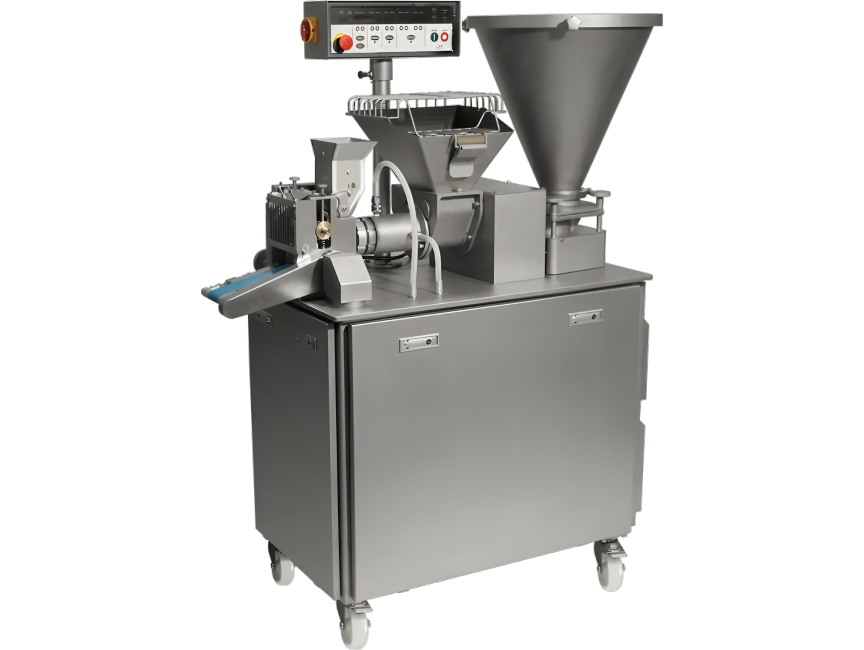The name, gyoza, came from the way the dumpling was cooked, which was originally a solution for leftovers. Dumplings are hard to preserve after cooked because the wrappers will be overcooked if the dumplings were boiled for second time. Therefore, to prevent the dumpling from falling apart, people steamed and fried the dumplings in frying pans. Surprisingly, the dumplings crisped up and stuck on the pan. That is why people named gyoza, guotie, which means “stuck on the pot”. Today, gyozas are no longer leftovers. People steamed and fried raw gyozas in hot pans or on griddles with oil. In In addition to the ways of cooking, the shape of gyoza also changed accordingly. For Instance, gyozas fried in pans remained their half-circled shape. On the other hand, gyozas fried on griddles are longer and larger. The name also differed in different regions. For example, Korean call gyoza Bibim Mandu. Aside from Asian cuisines, similar cooking approaches are applied to all dumpling cuisine around the world. Moreover, there are also larger variants, such as samosa, pierogi or empanada. Therefore, to make the most of our machine, we recommended you the HM-7 series of dumpling forming machine for postickers production.

